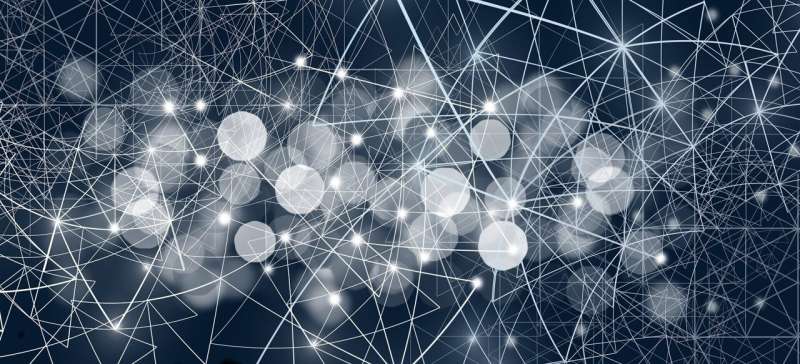This article has been reviewed according to Science X's editorial process and policies. Editors have highlighted the following attributes while ensuring the content's credibility:
fact-checked
trusted source
proofread
AI disentangles quantum patents

A new study in the International Journal of Intellectual Property Management demonstrates how so-called artificial intelligence (AI) techniques can be used instead of conventional text analysis to disentangle information from a large body of work. Proof of principle was undertaken using a patents database and focusing on research and technologies utilizing the field of quantum science. The specific case revealed interesting dynamics concerning global innovation and national organizational profiles pertaining to competition in this area between China and the U.S.
Zeki Can Seskir of the Institute for Technology Assessment and Systems Analysis at Karlsruhe Institute of Technology and Kelvin W. Willoughby of the HHL Leipzig Graduate School of Management, Germany, built an operating definition of quantum technology and then used AI to create a global patent database. The approach allowed them to extract pertinent information in this field that could be useful to policymakers and managers looking to understand international innovation in this field. The same approach might work just as well in other fields. The approach blended human analysis and AI processing of the body of work.
Billions of Euros and dollars are being plowed into the burgeoning area of quantum technology with the aim of bringing discoveries and innovations "out of the lab and into the market."
Quantum technology (QT) refers to a broad range of emerging technologies that build on the principles of quantum mechanics to develop innovative and disruptive applications. Quantum mechanics is a field of physical science that emerged in the first half of the twentieth century as our understanding and experiments with atoms and their constituent parts as well as energy began to evolve. Many of the findings confound common sense and yet reveal themselves as representing a valid model of physical reality in many settings. Indeed, semiconductors, lasers, and transistors, and electronics in general rely on an understanding of quantum mechanics, and as our understanding develops so too will the technology.
Quantum technology uses the often paradoxical properties of subatomic particles, such as superposition, entanglement, and wave-particle duality, to achieve things that cannot be done with classical systems based on earlier models of the subatomic realm. Examples of quantum technologies include quantum computing, quantum communication, quantum cryptography, quantum sensing, and quantum metrology, among others. Quantum technology could soon change the way in which finance, health care, energy, transportation, and security, are undertaken as well as leading to advances in science and engineering.
More information: Kelvin W. Willoughby et al, Global innovation and competition in quantum technology, viewed through the lens of patents and artificial intelligence, International Journal of Intellectual Property Management (2022). DOI: 10.1504/IJIPM.2021.10044326



















